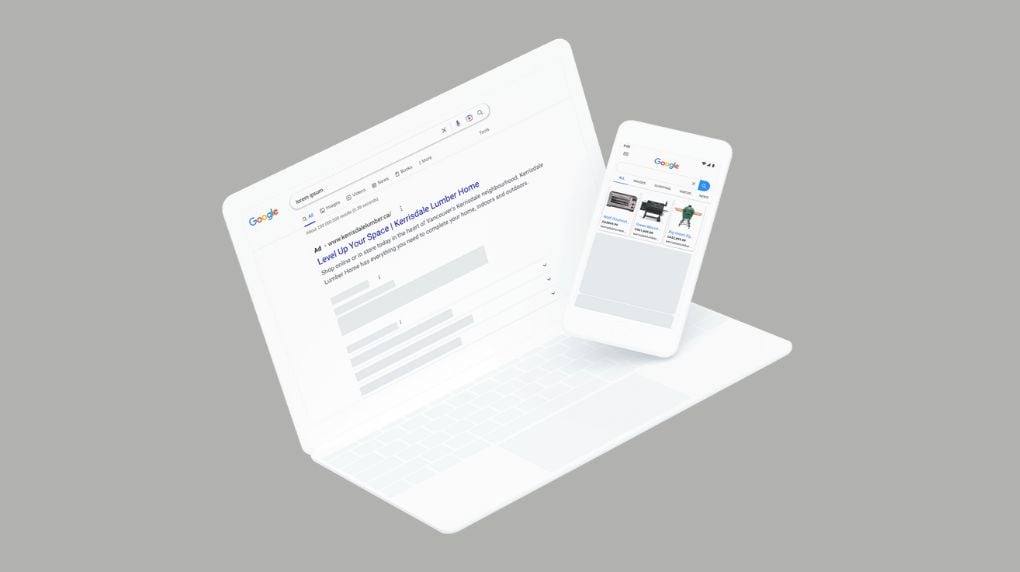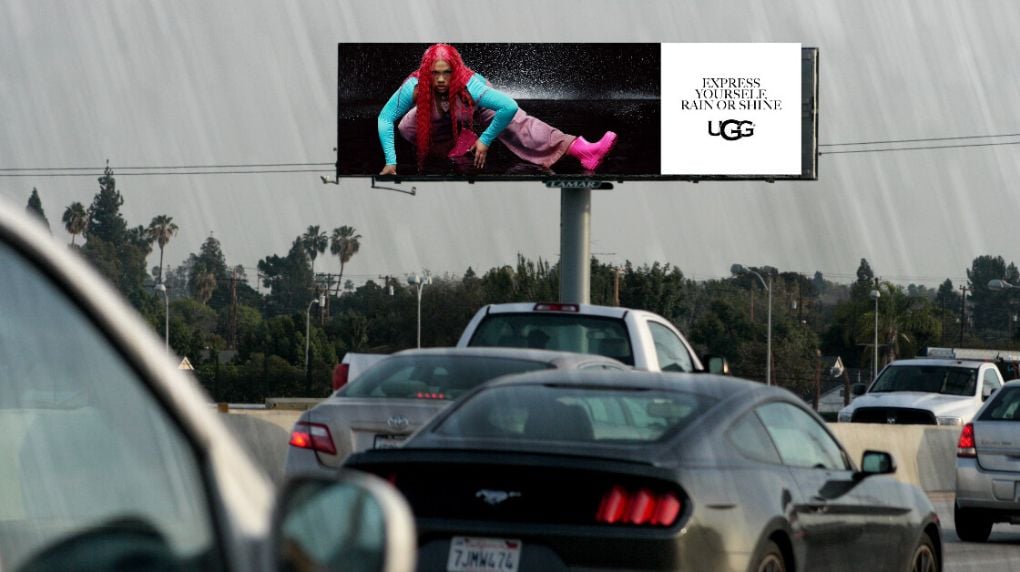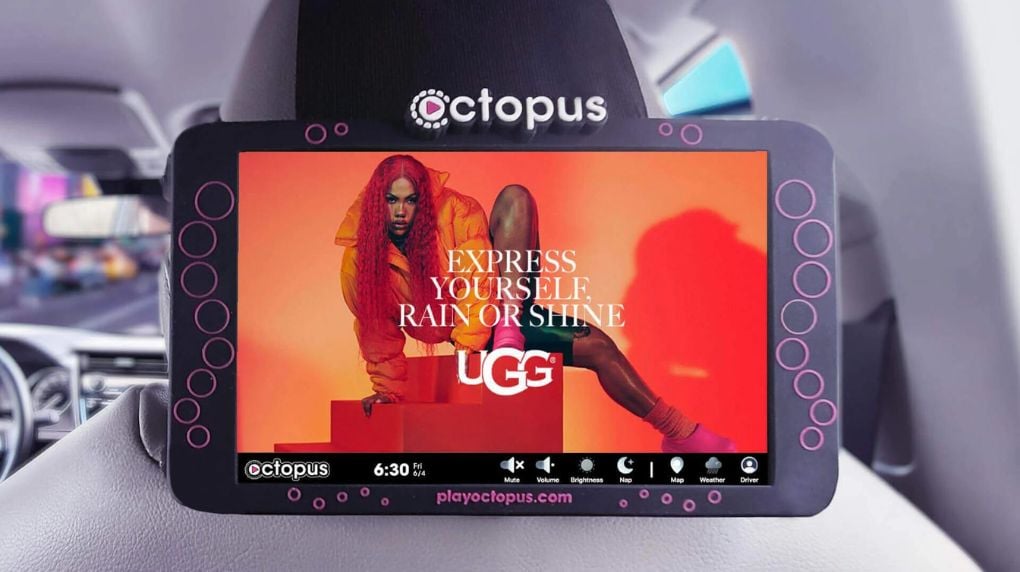Programmatic advertising has become a major component of many paid media strategies. Programmatic display ads currently make up 90% of all digital display ads, with continual annual increases forecasted.
But what is programmatic advertising, and how does it fit into this broader digital advertising landscape? This blog post will provide an overview of programmatic ads and their role in digital advertising today.
What is programmatic advertising?
Programmatic advertising is a form of automated buying and selling of digital ad inventory that uses real-time bidding (RTB) technology to determine which ad will be served in each impression.
Advertisers use software to bid on specific target audiences based on their criteria, such as age and location, to maximize the efficiency of their ad campaigns. Ad networks are then responsible for connecting with various ad exchanges and supply-side platforms (SSPs) to find available ad inventory that matches an advertiser’s targeting criteria.
Is programmatic advertising the same as Google advertising?
No. While Google does offer a programmatic advertising solution called the Google Display Network (GDN), it is distinct from other programmatic advertising platforms. The GDN is an ad exchange that integrates with the Google platform and allows advertisers to buy display ads through automated auctions, similar to other programmatic ad exchanges.
However, there are many other ad exchanges and networks available for programmatic advertising, including Xandr, OpenX, and Rubicon. These platforms allow advertisers to access a wide range of sources for their programmatic ad campaigns, including both direct publishers and third-party inventory.

What are the benefits of programmatic advertising?
Every advertiser wants to get the most from their ad budget. Programmatic display ads offer the following benefits to help ensure that your ad campaigns are as effective and efficient as possible:
- Save time: By automating the process, programmatic advertising eliminates manual labor and allows you to quickly set up, manage and optimize campaigns.
- Increased scalability: Programmatic advertising lets scale their campaigns up or down as needed to accommodate changing demands.
- Improved targeting options: By leveraging data from various sources such as browser history, geographic location and demographic data, programmatic advertising enables advertisers to target their campaigns more effectively. This results in higher conversion rates and better ROI for advertisers.
- Efficient use of ad spend: Programmatic advertising makes it easy to target specific audiences and serve them at the right time and place, which can help reduce wasted ad spend.
- Real-time insights: Data is key to understanding how well an ad campaign is performing. Programmatic advertising lets advertisers monitor and analyze performance in real-time, which can help them quickly optimize their campaigns for better results.
Types of programmatic advertising
There are a few different types of programmatic advertising, each with its own advantages and disadvantages. These include:
- Real-time bidding (RTB): This is the most popular method of buying digital ad inventory and involves participating in an auction where advertisers bid on each impression.
- Preferred deal: Preferred deals are prearranged agreements between buyers and sellers that allow buyers to purchase ad inventory at a fixed price.
- Private marketplace (PMP): PMPs are private marketplaces where buyers and sellers can negotiate prices for digital ad inventory, allowing them to get the best value from each impression.
- Programmatic direct: In direct programmatic deals, advertisers buy impressions directly from publishers without going through the ad exchanges.
If you're in the B2B space, it's worth knowing that B2B programmatic advertising has its best practices that are worth looking into.
Recent innovations in programmatic advertising
In addition to more common display and video ad formats, there are some of the most innovative programmatic ad formats and creative strategies. We’ve also included some programmatic advertising examples to get your creative wheels turning.
Dynamic creative optimization (DCO)
DCO allows advertisers to dynamically personalize ad creative based on user data and behaviour, delivering more relevant and engaging ads. Advertisers can use DCO to customize ad elements such as images, text, and calls to action based on factors such as location, weather, and user interests.
.jpg?width=1020&height=572&name=dynamic%20creative%20optimization%20(DCO).jpg)
Native advertising
Native ads blend seamlessly with the content on a website or app, offering a more subtle and engaging ad experience. Native ads can be delivered programmatically, allowing advertisers to target specific audiences and optimize their campaigns based on performance data.
Programmatic audio
Programmatic audio lets advertisers buy targeted ad inventory from audio publishers via a single system. Audio ads can be powerful tools as they do not rely on visual engagement and can reach consumers in new ways. Data from Nielsen found that host-read ads drive a 71% brand recall rate.
Augmented reality (AR) advertising
AR advertising allows advertisers to create immersive and interactive ad experiences that blend the physical and digital worlds. Programmatic AR ads can be delivered through mobile devices, offering a new way to engage and connect with audiences.
Burger King’s “Escape the Clown” AR campaign gave users a free burger if they scanned a McDonald’s leaflet and then got to a Burger King location before the timer ran out.
Ads were shown on Facebook and Twitter, using geo-targeting to pinpoint McDonald’s customers.
Digital-out-of-home (DOOH) ads
DOOH ads are digital displays placed in public spaces such as malls, airports, and roadside billboards. Programmatic DOOH advertising allows advertisers to target consumers based on their location and other factors, allowing them to deliver relevant messages in real-time. Knowing how to master DOOH advertising can create a hugely positive impact on your bottom line.
Footwear brand UGG used programmatic DOOH ads on billboards and seatback screens to reach customers as they moved about the world. This programmatic campaign brought a 6% lift in purchase intent for the UGG Rain collection.


How to start a programmatic advertising campaign
When it comes to launching a programmatic advertising campaign, there are several key steps to follow.
1. Set goals and budget
Every good advertising campaign starts with setting clear goals and a budget. This will help you determine the type of programmatic advertising to use and how much to spend. The better you are at budgeting your paid media costs, the better your ROI.
2. Choose creative ad types
Next, choose the types of ad creative that will be most effective for your campaign. This could include display ads, video ads, native ads, or audio ads.
3. Choose a platform
Once you know what type of programmatic advertising you’re going to use, it’s time to choose a platform. There are several popular platforms to choose from, such as AppNexus, MediaMath, and The Trade Desk.
4. Select your tools
Choosing the right tools and services is essential for running successful programmatic advertising campaigns. This means finding a data management platform (DMP) that can collect, organize, and analyze user data efficiently to optimize your campaigns. It's also important to select an ad verification tool to ensure that all your ads meet industry standards.
5. Refine targeting parameters
Targeting is key to successful programmatic advertising campaigns, so it's important to refine targeting parameters such as location, age, gender, and interests. This will help to ensure that your ads are seen by the right audience and can allow you to optimize your campaigns in real-time.
6. Monitor and optimize
Finally, it's important to monitor and optimize the programmatic campaign as it runs by continually tweaking the targeting criteria, ad creative and budget to maximize results.
If you're ready to take things to the next level, discover the advanced strategies of programmatic display advertising.
Partner with a programmatic advertising agency
Stop spending time and budget on the wrong channels. Major Tom can help you generate positive returns sooner, using strategic programmatic advertising processes that bring proven results.
Who not browse some of our work to help inspire you, and reach out when you're ready.